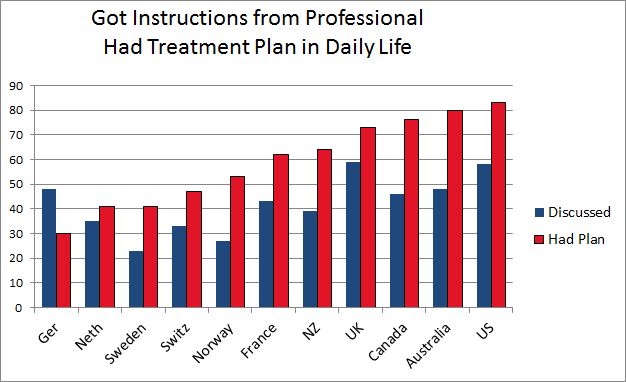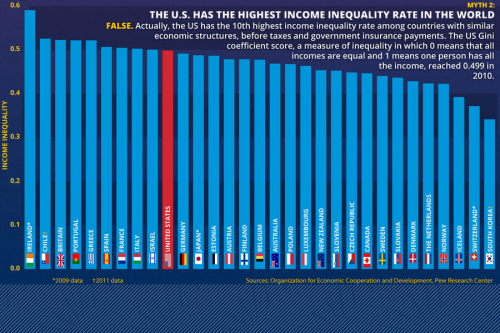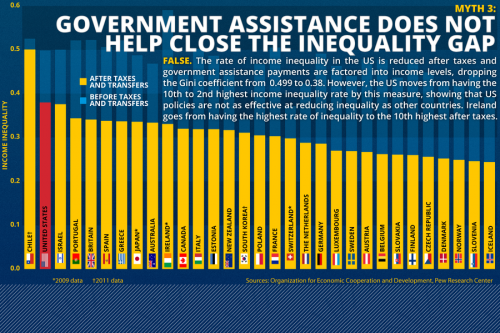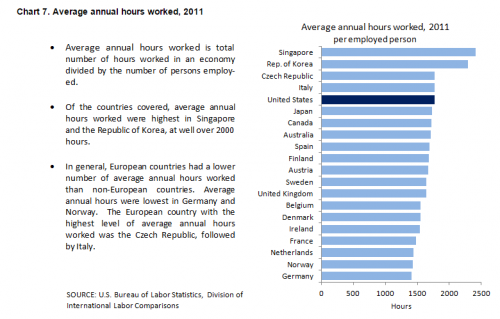“We need to get rid of Obamacare,” says Ed Gillispie in a NYT op-ed. The reason: Obamacare’s “gravitational pull toward a single-payer system that would essentially supplant private insurance with a government program.”
Gillespie, who lays out his credentials at the start of the article – he ran for Senate in Virginia and lost – notes that Obamacare is unpopular. But he omits all mention of a government-run single-payer system that happens to be very popular – Medicare. No Republican dare run on a platform of doing away with it. Gillespie himself accused Obamacare of cutting Medicare, a statement that Politifact found “Mostly False.”
Over half the U.S. seniors say that they are taking four or more prescription drugs; all the other countries were below 50%:
And despite Medicare, money was a problem. Nearly one in five said that in the past year they “did not visit a doctor, skipped a medical test or treatment that a doctor recommended, or did not fill a prescription or skipped doses because of cost.” A slightly higher percent had been hit with $2,000 or more in out-of-pocket expenses.
In those other countries, with their more socialistic health care systems, seniors seem to be doing better, physically and financially. One reason that American seniors are less healthy is that our universal, socialized medical care doesn’t kick in until age 65. People in those other countries have affordable health care starting in the womb.
Critics of more socialized systems claim that patients must wait longer to see a doctor. The survey found some support for that. Does it take more than four weeks to get to see a specialist? U.S. seniors had the highest percentage of those who waited less than that. But when it came to getting an ordinary doctor’s appointment, the U.S. lagged behind seven of the other ten countries.
There was one bright spot for U.S. seniors. They were the most likely to have developed a treatment plan that they could carry out in daily life. And their doctors “discussed their main goals and gave instructions on symptoms to watch for” and talked with them about diet and exercise.
But you’d think that they might take a second look at Medicare, a program many of them publicly support.
* Includes hypertension or high blood pressure, heart disease, diabetes, lung problems, mental health problems, cancer, and joint pain/arthritis.
Cross-posted at Montclair SocioBlog and Pacific Standard.
Jay Livingston is the chair of the Sociology Department at Montclair State University. You can follow him at Montclair SocioBlog or on Twitter.










